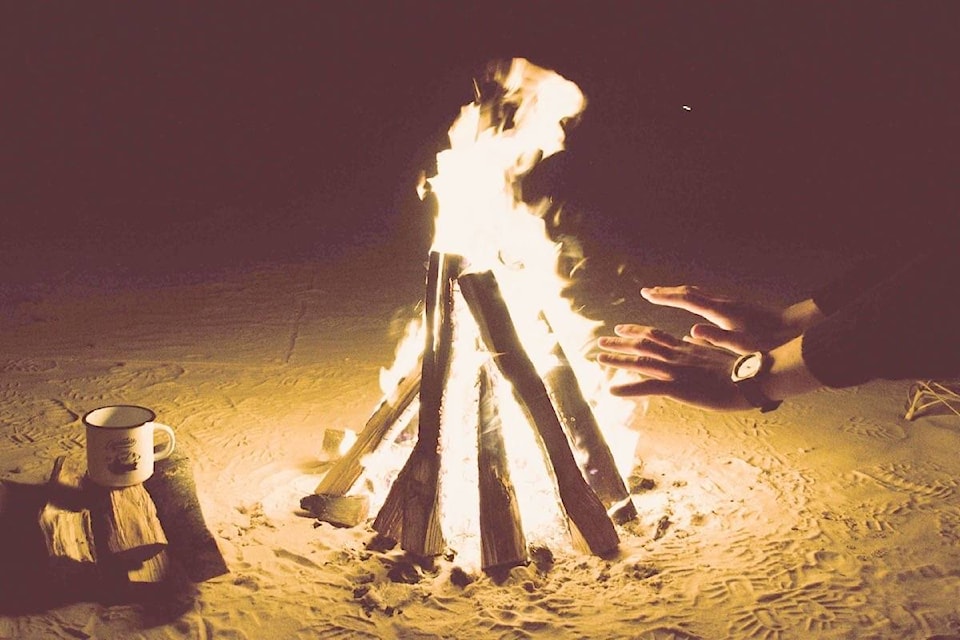While the current low-to-moderate fire hazard rating across most of the Cariboo may not be too surprising after such a wet spring, outdoors enthusiasts, smokers and backyard light-ups can still burn up our forests and communities when they get away from folks who don’t take proper precautions.
Cariboo Fire Centre (CFC) information officer Natasha Broznitsky says investigations have now concluded on the 26 fires they have seen between April 1 to date (May 26) across the whole CFC zone, and 23 of those fires (88 per cent) were deemed to be human-caused (with the other three caused by lightning).
“Human-caused fires are completely preventable and can divert firefighting resources away from naturally caused fires.”
While the fire danger rating in the 100 Mile House area, specifically, remains low, now that hotter, drier weather has arrived, often with lightning in the forecasts, everyone needs to apply extra precautions, including residents, tourists and companies, whether working or off-roading in the bush, with backyard burning or campfires, she explains.
The exception across the CFC fire zone is in the Alexis Creek area, where there is still a pocket with a high fire danger rating, she explains.
Broznitsky says particularly on weekends, with campfires and Category 2 fires still allowed in the rest of the zone, fires continue to be started by the carelessness of humans.
“We don’t want to divert any firefighting resources away from any [naturally caused] fires that may occur, if we do get lightning.”
The information officer says in addition to complying with campfire and open burning regulations when using a fire, it’s important for everyone working in, or enjoying the outdoors to be mindful of other ways fires can start and to take steps to prevent causing a wildfire.
Depending on the fire danger rating and level of moisture in surface fuels, things such as discarded cigarette butts, hot exhaust pipes, heavy equipment and power tools such as chainsaws can cause wildfires, she explains.
“Off-road vehicles need to have spark arresters installed, and operators need to use caution in dry grass.”
Broznitsky reminds everyone that the larger, more industrial-sized Category 3 fires remain prohibited across the Cariboo.
While campfires and smaller, Zone 2 burning are currently allowed in the CFC, they do have certain regulations that always remain in effect (with potentially huge fines for fires due to noncompliance), so don’t ever burn anything without checking the current status online.
However, her message also includes a strong one about listening to your common sense and taking care regardless of the size of the fire or the area’s CFC fire danger rating.
This means heed your responsibility to the province’s and community’s forests and citizens, by taking care anytime you are outdoors doing anything that could cause a fire, she explains.
Broznitsky says for more “industrial” activities, including chainsaw use, operators have an obligation to know whether or not the activity they are conducting is considered a ‘high-risk activity’ – and, if it is, to find out the fire danger rating at their operation’s location.
Then, they should determine if there are restrictions on high-risk activities beforehand, to base their actions upon.
These restrictions don’t just apply to industrial and commercial operators – they apply to anyone conducting a high-risk activity, even members of the general public, she adds.
More information on zone restrictions and precautions is online at www.bcwild fire.ca.
For high-risk activities, select the Industry &Commercial Operators link (under the Useful Links heading), and then High Risk Activities.
